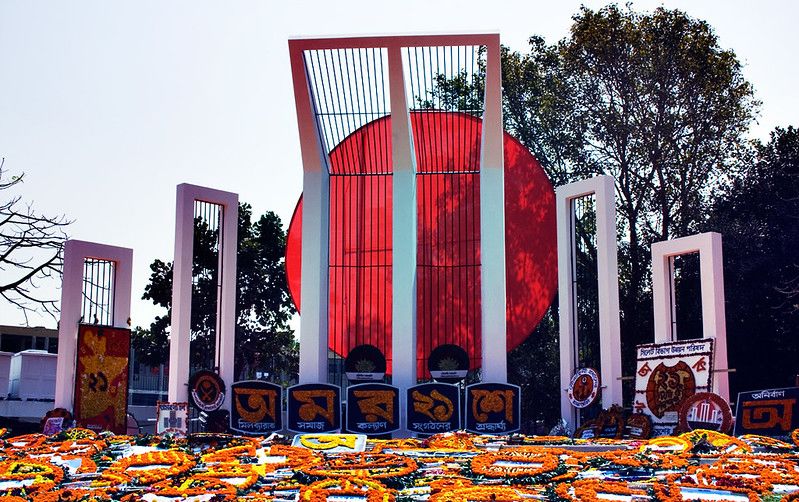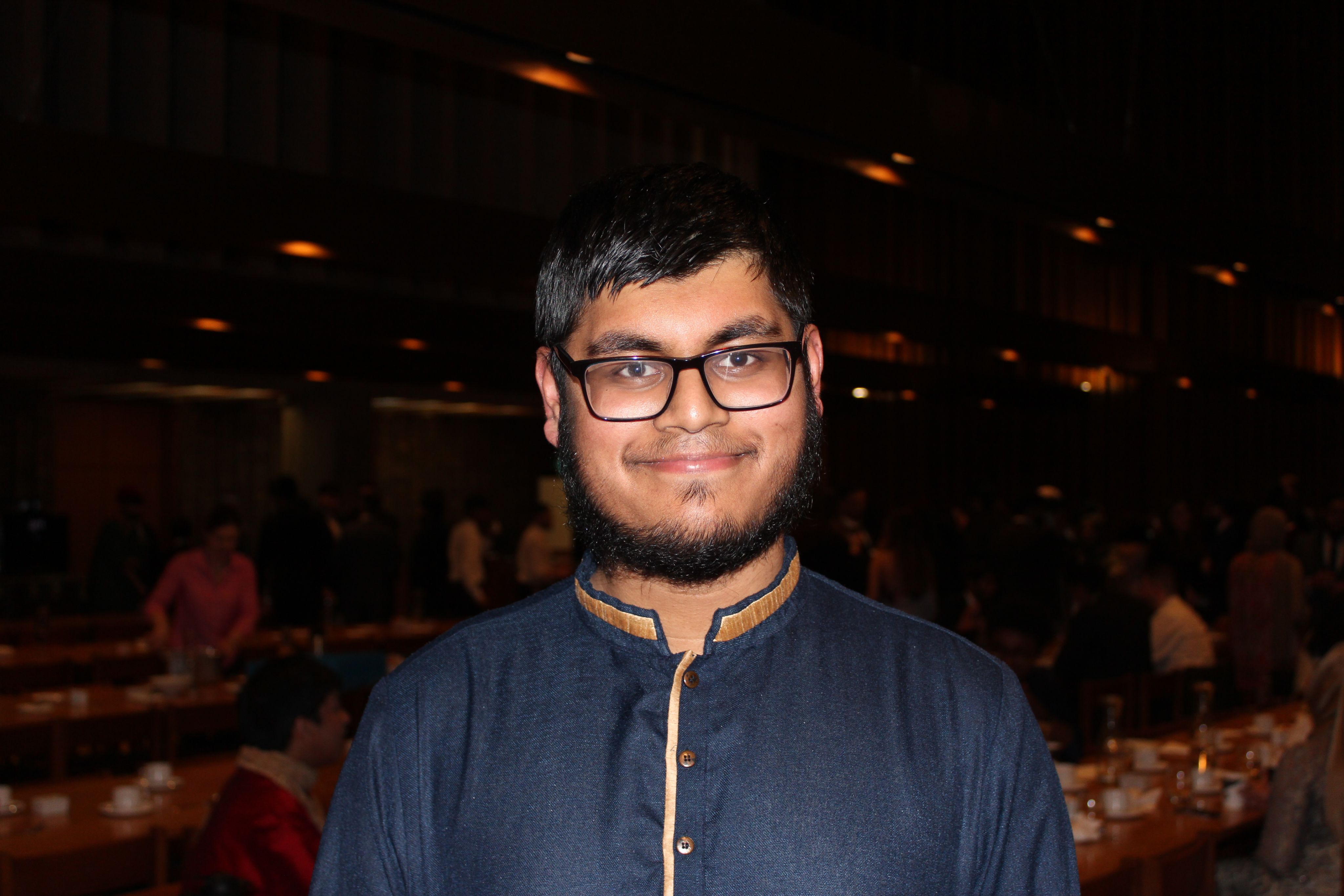Celebrating language diversity
Students mark International Mother Language Day

As far as international days of commemoration are concerned, it’s perhaps not the most familiar. But, since 2000, February 21st has been recognised as International Mother Language Day by the United Nations. For students of Bangladeshi heritage studying at Cambridge, it’s a day of pride since it has its origins in Dhaka more than 70 years ago. On the 21st of February, 1952, a group of students and political activists staged a protest at the University of Dhaka to protect their native language, Bangla (or Bengali). The origins of the protest go back to the time when India was partitioned at the end of the days of the British Raj.
Then, two new states were created, India and Pakistan. East Pakistan essentially covered much of what had historically been known as Bengal, and the main language was Bangla. But, during a visit to East Pakistan in 1948, Muhammed Ali Jinnah, the Governor-General of Pakistan, declared that Urdu would be the sole state language. Four years later, defying a ban on public gatherings the students and activists held their protest. Police opened fire, killing 7 people in total, including 4 of the students.
Sharafiab Chowdhury, a student at St Catharine's College who is studying Engineering, is President of the Cambridge University Bangla Society (known as BanglaSoc), a student society for (but not exclusively) those of Bangladeshi and Bengali heritage:
“The protestors are regarded as martyrs in Bangladesh. A large part of the country’s independence movement that developed later (Bangladesh achieved independence in 1971) was linked to the drive to protect the language. Language was being used as a form of oppression. It wasn’t until 1956 that Pakistan recognised Bangla as the national language. We’re one of the few nations where people died defending their native language. UNESCO decided to make 21st February an international day in 1998 in honour of this. It’s a source of great pride for the country.”

Sharafiab Chowdhury
Sharafiab Chowdhury
A monument was erected in memory of the protestors. The Shaheed Minar is a monument designed to symbolise a mother standing with her four children. It stands close to Dhaka’s Medical College Hospital.
“We will mark the day in BanglaSoc by hosting an evening of Bangla poetry, writings and culture.” Sharafiab says “We’ll be explaining the meaning behind the day for those who don’t know about it. Among the poets we’ll hear from will be Rabindranath Tagore, who became the first non-European writer to win the Nobel Prize for Literature.”

Members of the University of Cambridge's PakSoc and BanglaSoc attending a joint formal dinner in February 2023
Members of the University of Cambridge's PakSoc and BanglaSoc attending a joint formal dinner in February 2023
Sharafiab’s own family was closely caught up in the Bangladesh Liberation War of 1971 which led to the country gaining independence and the name it uses to this day.
“My father was only six years old when he was forced to flee his home because of the Independence War. He, his parents and six siblings took refuge on an island in the River Ganges. It meant he missed out on a whole year of education and had to be taught to read and write by his mother, my grandmother. His grandfather was shot and died during the war. My father later emigrated to the UK, with our family to Peterborough. When he first came here he said one of his dreams was to see his son get into the University of Cambridge…and here I am.”
The UN’s education and cultural agency, UNESCO, says multilingual and multicultural societies exist through their languages which transmit and preserve traditional knowledge and cultures in a sustainable way. But it goes on to warn that linguistic diversity is increasingly threatened as more and more languages disappear.
Published 21 February 2023
With thanks to:
Sharafiab Chowdhury
Words:
Paul Seagrove
Photography:
Mostaque Ahammed
Paul Seagrove
Lloyd Mann
The text in this work is licensed under a Creative Commons Attribution 4.0 International License
